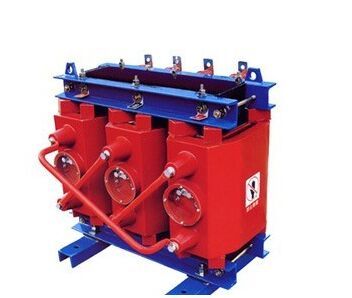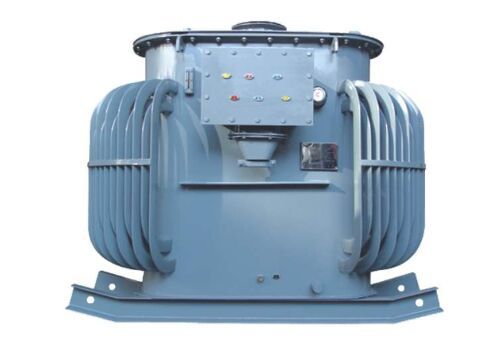Power transformers are very important equipment in power systems. Its safe operation is directly related to whether the grid system is safe and stable. Transformer overheating fault is a common multiple faults, which seriously threatens the safe operation and service life of the transformer.
The transformer operates under no-load loss and load loss. These losses are derived from the temperature of the transformer windings, cores, and structural components themselves. These losses are converted into heat, which increases the temperature of the windings, iron core, and surrounding medium. The temperature of the medium around the heating element increases, and then the surrounding air is dissipated through the fuel tank and cooling device.

When the temperature difference between the components is too large that the generated heat and the generated heat reach equilibrium, the equilibrium state is reached, and the temperature of each component does not change. On the contrary, when the heat generation and heat dissipation of any part of the transformer is unbalanced, it will cause overheating. Overheating faults can be divided into internal overheating faults and external overheating faults according to the location of occurrence.
Internal overheating faults include components such as windings, iron cores, fuel tanks, fixtures, on-load tap-changers, and wires; external over-heating faults include housing, cooling, on-load tap-changer drive control, and other external components that have overheated faults. According to the nature of transformer overheating faults, it can be divided into heating overheating faults mainly based on abnormal heating and heat dissipation abnormal overheating faults mainly based on heat dissipation. Abnormal thermal overheating faults can be divided into Current (mainly circulation and eddy current) Abnormal overheating. Fault and abnormal resistance type of overheating fault.

There are two types of power regulators, single-phase and three-phase. They are designed and manufactured with international advanced compensation technology. They have the characteristics of large capacity, high efficiency, convenient operation and maintenance, and reliable operation.
The three-phase fully automatic compensating power regulator is designed to stabilize the AC voltage. When the external power supply network voltage fluctuates or the load changes and the voltage fluctuates, it can automatically maintain the stability of the output voltage.